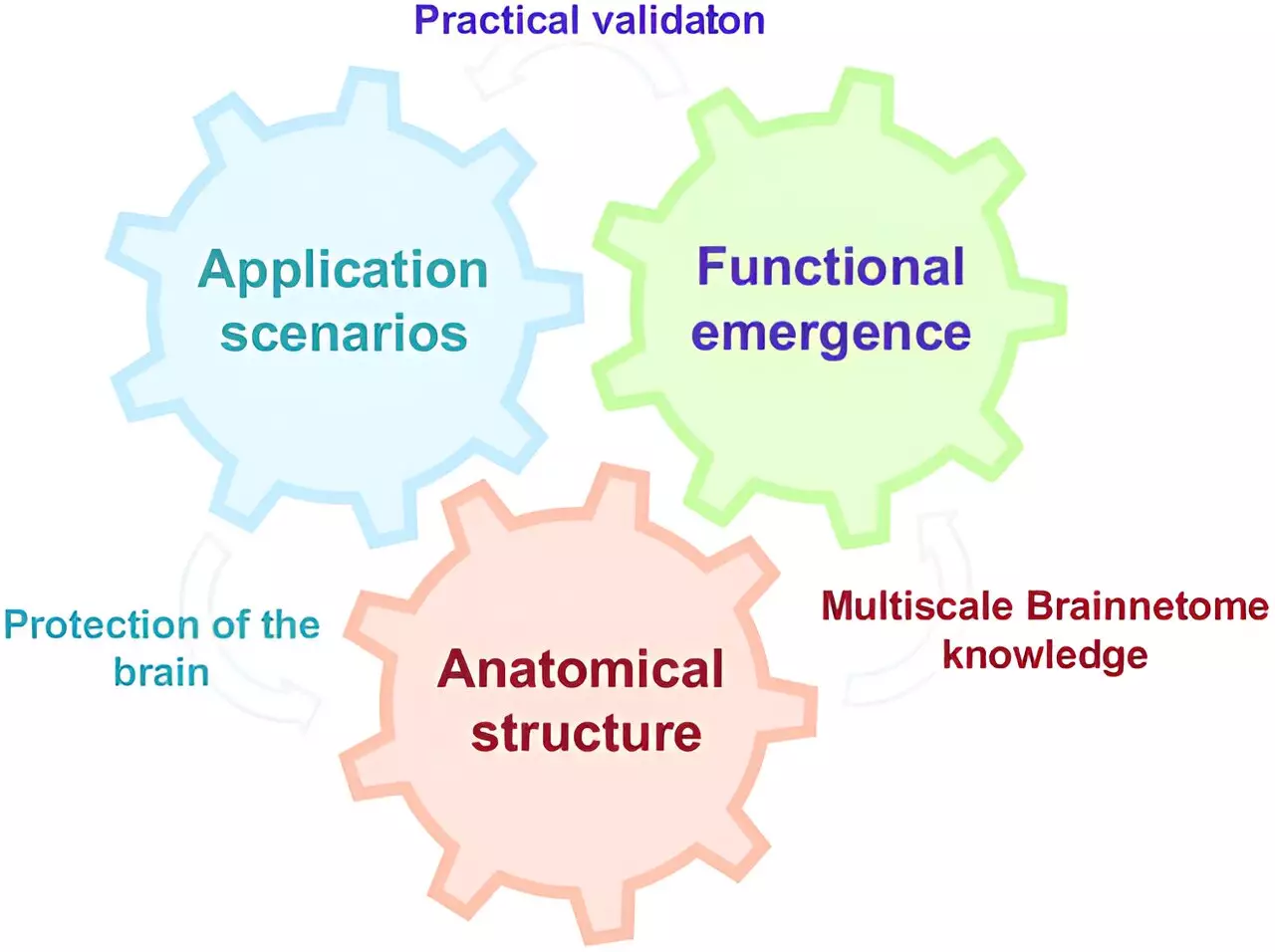Recent advancements in neuroscience and brain-inspired artificial intelligence have unlocked new avenues for understanding intelligence. A research team led by Tianzi Jiang at the Institute of Automation of the Chinese Academy of Sciences has introduced a groundbreaking platform known as the Digital Twin Brain. This innovative platform has the potential to bridge the divide between biological and artificial intelligence, thereby offering new insights into both fields. Published in Intelligent Computing, Jiang’s research outlines the key components and properties of the Digital Twin Brain.
The Intersection of Biological and Artificial Intelligence
A common denominator between biological and artificial intelligence lies in their network structure. The brain, comprising biological networks, can be emulated using artificial networks in the form of a digital model or “twin.” This digital twin serves as a conduit for transferring knowledge about biological intelligence to artificial systems. The goal is to propel the development of artificial general intelligence and revolutionize precision mental health care. Achieving this feat necessitates collaborative efforts from scientists across interdisciplinary fields.
Unraveling the Workings of the Human Brain
The Digital Twin Brain offers researchers an opportunity to explore the mechanisms at play within the human brain. By simulating and modulating the brain’s various states during cognitive tasks, researchers can study its functionality. For instance, the platform enables the simulation of proper brain functioning during a resting state, as well as malfunctioning in disorders. Moreover, it can aid in developing methods to shift the brain away from undesirable states by modulating its activities. Although the concept may resemble science fiction, it is firmly rooted in biology.
The Digital Twin Brain consists of three core elements: brain atlases, multi-level neural models, and a range of applications for evaluating and updating the current digital twin. Brain atlases serve as structural scaffolds and biological constraints. The neural models, trained using biological data, simulate brain functions. The applications encompass disease biomarker discovery and drug tests, completing the cycle by providing feedback to enhance the brain atlas. These elements evolve and interact in a closed loop, leading to improved neural models and more realistic function simulations.
The Need for Comprehensive Brain Atlases
Given the intricate structures and complex dynamics of the biological brain, highly nuanced brain atlases are essential. These atlases, which include scales, modalities, and even information from different species, facilitate the construction of a digital twin. They enable the exploration of various aspects, such as brain regions, their connections, interactions, and fundamental organizational principles. However, brain atlases also pose technical challenges as neural models must align with them for “biological plausibility.”
Jiang’s team proposes that the Brainnetome Atlas, an extensive mapping of the structure and connectivity of the human brain, be a crucial component of the Digital Twin Brain. Developed by researchers at the Institute of Automation of the Chinese Academy of Sciences in 2016, this atlas encompasses 246 brain sub-regions. It provides a macro-scale perspective to aid in the development of a comprehensive brain model. Additionally, an open-source, efficient, user-friendly, and brain atlas-constrained platform is needed to support multi-scale and multimodal modeling.
While the Digital Twin Brain shows immense promise, there are several open questions that must be addressed. Effectively integrating biological knowledge into a digital twin requires careful consideration. The design of improved models for simulations is an ongoing challenge. Additionally, integrating the Digital Twin Brain into practical scenarios is a critical area of future research.
The Digital Twin Brain represents an exciting convergence between neuroscience and artificial intelligence. By integrating brain atlases, neural models, and a wide range of applications, this platform has the potential to revolutionize our understanding of both biological and artificial intelligence. With collaborative efforts from scientists worldwide, the Digital Twin Brain holds the promise of advancing artificial general intelligence and transforming precision mental health care. It paves the way for transformative breakthroughs in our understanding of the human mind, the development of intelligent technologies, and the discovery of therapeutics for brain disorders.


Leave a Reply